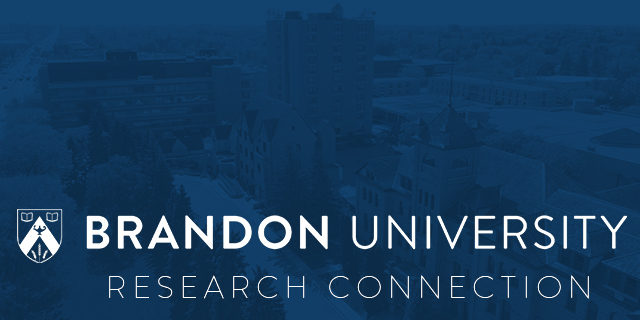
By
Tom Skinner
October 2017
Print Version
What you need to know
The purpose of conducting this phase of the study was to examine the perceptions of first-year teachers on their preparedness for teaching. This study was a part of a larger study entitled "Examining Teacher Preparation: Prospective Teacher Perceptions of Their Preparedness." The current study was conducted and data collected over a five-year period from 2009 through 2015. A third phase is currently following up with those teachers after five years of teaching. By surveying first-year teachers on their professional preparation, it was hoped the researcher could gain a better understanding of the professional learning needs of first-year teachers and, in turn, give school districts and school administration a partial blueprint for the induction needs of first-year teachers.
Why this research is important
The first year of teaching can often be a difficult year, one that can be filled with many challenges. Entry level teachers are often supported through their first year by school district induction programs, which may include professional development opportunities and mentoring. In addition, school administrators will also provide for further professional development through a summative supervisory process. However, the needs of first-year teachers can be diverse in nature. Establishing the classroom environment and then managing it is critical to success. The instructional process has become more complex as well. Also, working with students has become increasingly challenging as the diversity of social issues in today’s school environment continue to evolve. And, professional workplace responsibilities seem to have become more extensive.
How the research was conducted
In order to examine the needs of first-year teachers, the researcher utilized a one-time survey. It was comprised of twenty Likert-like scale questions focused on teaching competencies. The current study utilized participants who recently graduated and were completing their first year of teaching. The participants were surveyed in the last teaching month of their first year. They were a part of an initial larger study that surveyed two hundred sixty teacher education students upon graduation over a five-year period from 2008 to 2013. From that initial study, ninety-five participants responded to the current survey after initial contact and follow-up. The first-year teachers were all graduates of the Faculty of Education at Brandon University and were employed in Manitoba public schools.
What the researcher found
There is little doubt that today’s student brings many challenges to the classroom. The results from the study indicate that many of the needs of first-year teachers relate directly back to today’s diverse student and evolving family dynamics. Special attention has to be given to establishing the classroom environment and space and then managing it. The diversity of behavior found in today’s classrooms adds to the challenge. The instructional process has become more complex as well, often involving multi-level lessons and instruction, which can also impact on classroom management. First-year teachers seem to need further knowledge and development in the area of child and adolescent rates of development. Adapting and modifying lessons as well as acquiring knowledge of available resources, including human resources such as education assistants, requires additional support. New teachers also require skills in developing a range of instructional methods as well as building a knowledge base in curriculum, curriculum resources, and curriculum implementation. Moreover, as assessment practices and expectations have evolved, so too have the needs for better practice by teachers. Working with students has become more complex as well, as the diversity of social issues in today’s school environment continue to evolve. Communication with the home needs to be enhanced; as a result, an area where many first-year teachers felt they were not prepared enough to understand the challenges that often surface in the relationship with the home. Somewhat connected to this is building linkages with the school community, which can also be challenging for the first-year teachers.
How this research can be used
It is evident that more needs to be done in a teacher’s first year, especially in specific core content areas. School districts and their administrators are investing more time focusing on first-year teachers’ learning needs, going beyond the traditional administrative orientation and formative supervisory process. In providing a glimpse of the professional learning needs of first-year teachers in this study, it is hoped that teacher induction programs and school administrators will benefit and be more prepared to develop supports and resources which can be integrated into an effective supervisory process that will enhance first-year teacher development. As well, the study may provide for conversation for Teacher Education programs and lead to further discussion on how those programs may provide for enhanced preparation of their graduates.
About the Researcher
Keywords
- professional preparation
- prospective teacher
- teacher perspectives
Publications Based on the Research
Editor: Christiane Ramsey
Read more BU Research
Research at Brandon University follows comprehensive policies designed to safeguard ethics, to ensure academic integrity, to protect human and animal welfare and to prevent conflicts of interest.

